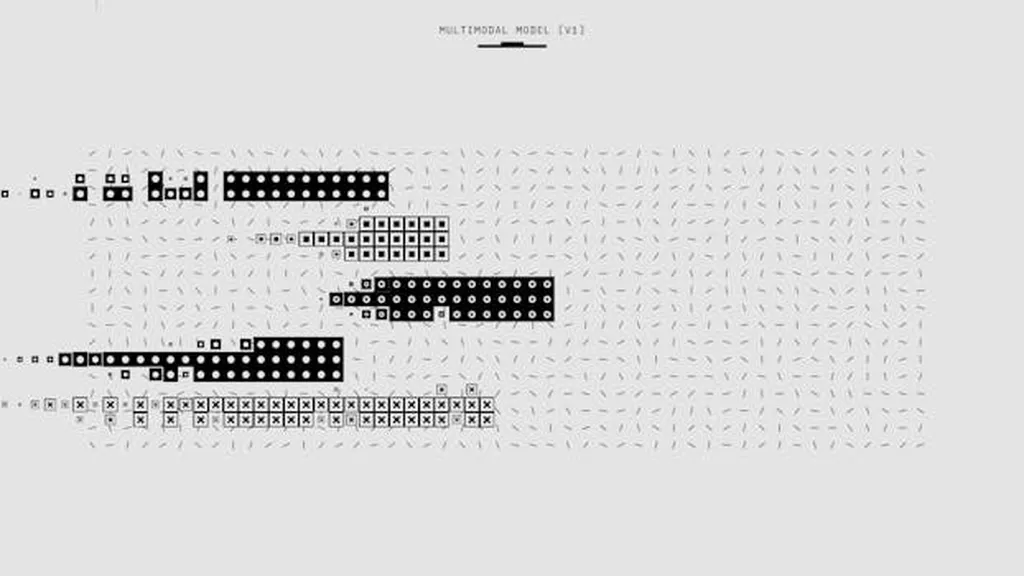In the ever-evolving world of maritime technology, a recent breakthrough in knowledge graph completion (KGC) could have significant implications for data management and predictive analytics. Researchers from Dalian Maritime University, led by Kun Ma and Jingmin An, have developed a novel model called DAERC that enhances the way entities and relations are represented in knowledge graphs. This advancement, published in the journal *Jisuanji gongcheng* (translated to *Computer Engineering*), could revolutionize how maritime professionals handle complex data structures.
Knowledge graphs are essentially frameworks that represent information as a network of entities (like ships, ports, or cargo) and the relationships between them. The challenge has always been to complete these graphs accurately, ensuring that the relationships are predicted correctly. Traditional methods often focus solely on enhancing entity embeddings, which can lead to a weaker representation of the relationships and the structural associations within the graph.
The DAERC model addresses this issue by dynamically aggregating the contexts of both entities and relations. Imagine a knowledge graph as a map of the maritime world, where each port is an entity and the routes between them are relations. DAERC improves this map by considering not just the ports but also the routes and how they interact. “The model uses an improved graph attention mechanism to design a relation and an entity aggregator that dynamically aggregates context information,” explains lead author Kun Ma. This dynamic aggregation allows for a more accurate and comprehensive representation of the data.
The model’s architecture is based on an encoder-decoder framework. The encoder part uses an improved graph attention mechanism to filter and obtain the optimal contexts, enhancing both entity and relation embeddings. The decoder then uses different score functions to predict the plausibility of each triplet (entity-relation-entity) in the knowledge graph. This two-step process ensures that the relationships are not only accurately represented but also contextually relevant.
The results of the study are promising. On the FB15k-237 dataset, DAERC improved the Hits@10 metric by approximately 5.2%, 2.1%, and 1.7% compared to the best-performing CoNE model applied to TransE, ConvE, and RotatE respectively. On the WN18RR dataset, the improvements were even more significant, with increases of approximately 7.2%, 2.3%, and 2.2%. These improvements highlight the model’s effectiveness in enhancing the ability to embed and represent entities and relations.
For the maritime sector, the implications are substantial. Accurate knowledge graphs can improve predictive analytics, route optimization, and even supply chain management. For example, a more accurate representation of port relationships can lead to better route planning, reducing fuel consumption and emissions. It can also enhance cargo tracking and logistics, ensuring that goods are transported efficiently and safely.
The commercial impacts are equally significant. Companies that rely on complex data structures for decision-making can benefit from more accurate and contextually relevant information. This can lead to cost savings, improved operational efficiency, and better customer service. The maritime industry, in particular, stands to gain from advancements in knowledge graph completion, as it heavily relies on accurate data for navigation, logistics, and supply chain management.
In summary, the DAERC model represents a significant step forward in the field of knowledge graph completion. Its ability to dynamically aggregate context information and enhance entity and relation embeddings offers a more accurate and comprehensive representation of complex data structures. For maritime professionals, this advancement opens up new opportunities for improving predictive analytics, route optimization, and supply chain management, ultimately leading to more efficient and sustainable operations. As Kun Ma and his team continue to refine this model, the maritime industry can look forward to even greater advancements in data management and predictive analytics.

